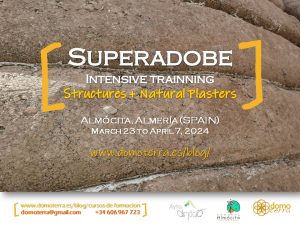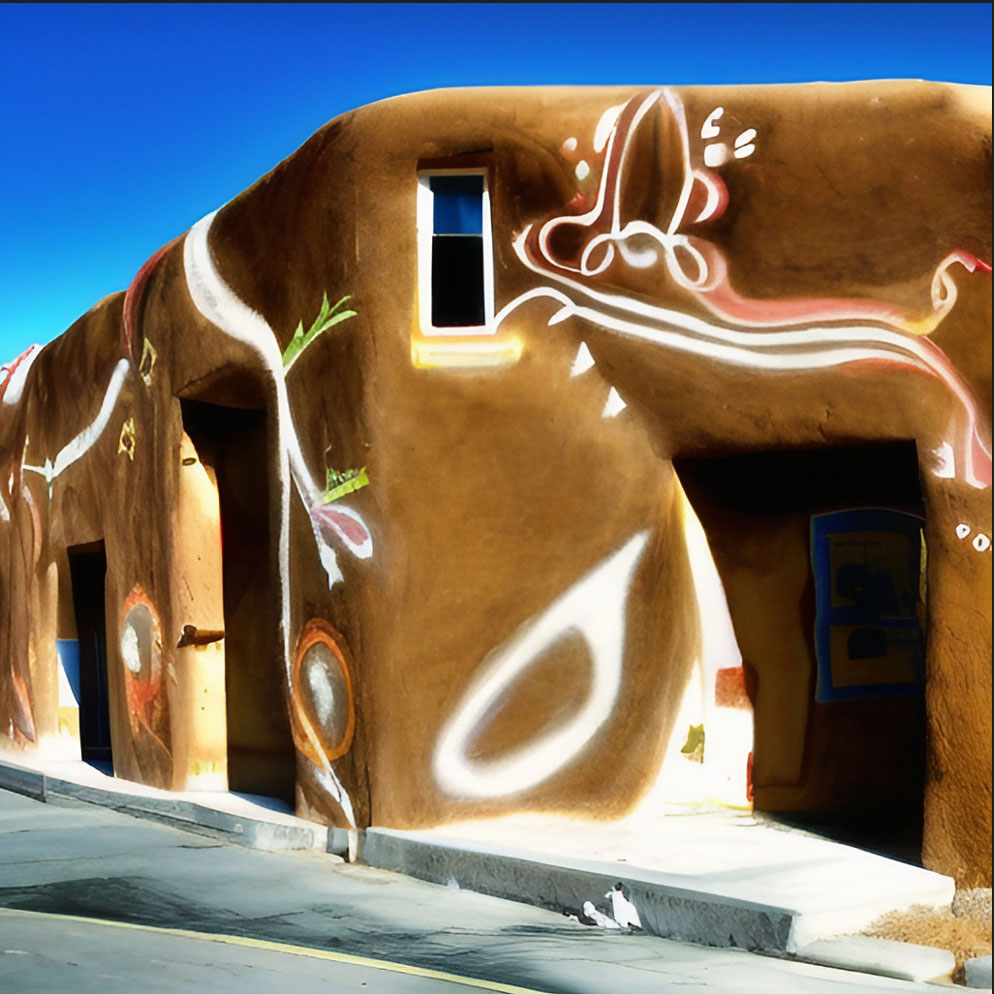


If you’ve always wanted to learn about earthbag houses, you’ve come to the right place! Earthbag houses are one of the most affordable and environmentally friendly ways to build a home. This design uses sacks filled with earth and gravel as the primary “building material” and combines modern technology with architecture dating back thousands of years. From improved energy efficiency, reduction of dust and allergens in the air, natural insulation to cheaper construction costs, it’s easy to see why these homes are attracting so much attention around the world! In this blog post, we will share 10 quick facts about earthbag houses to give you a better understanding of their benefits.
Fact #1
Earthbag houses are made from sacks filled with earth or sand, which are then stacked on top of each other to form a sturdy wall.
Fact #2
Earthbag houses have been used for centuries, but have gained popularity in recent years as an environmentally friendly and sustainable form of construction.
Fact #3
Earthbag buildings are extremely strong and can withstand earthquakes, high winds, and heavy rains.
Fact #4
Earthbag buildings are fireproof and termite resistant.
Fact #5
Earthbag buildings are energy efficient and can be cooled in summer and heated in winter without the need for air conditioning or heating systems.
Fact #6
Earthbag buildings are made from natural, readily available materials, making them very inexpensive to build.
Fact #7
Earthbag buildings are easy to construct and require no special skills or training.
Fact #8
Earthbag buildings blend in well with their surroundings and can be decorated to suit any taste and style.
Fact #9
Earthbag buildings are low-maintenance, requiring little upkeep once constructed.
Fact #10
Earth bag houses are an excellent option for anyone looking to build an eco-friendly and sustainable home

All prices incl. VAT.
English